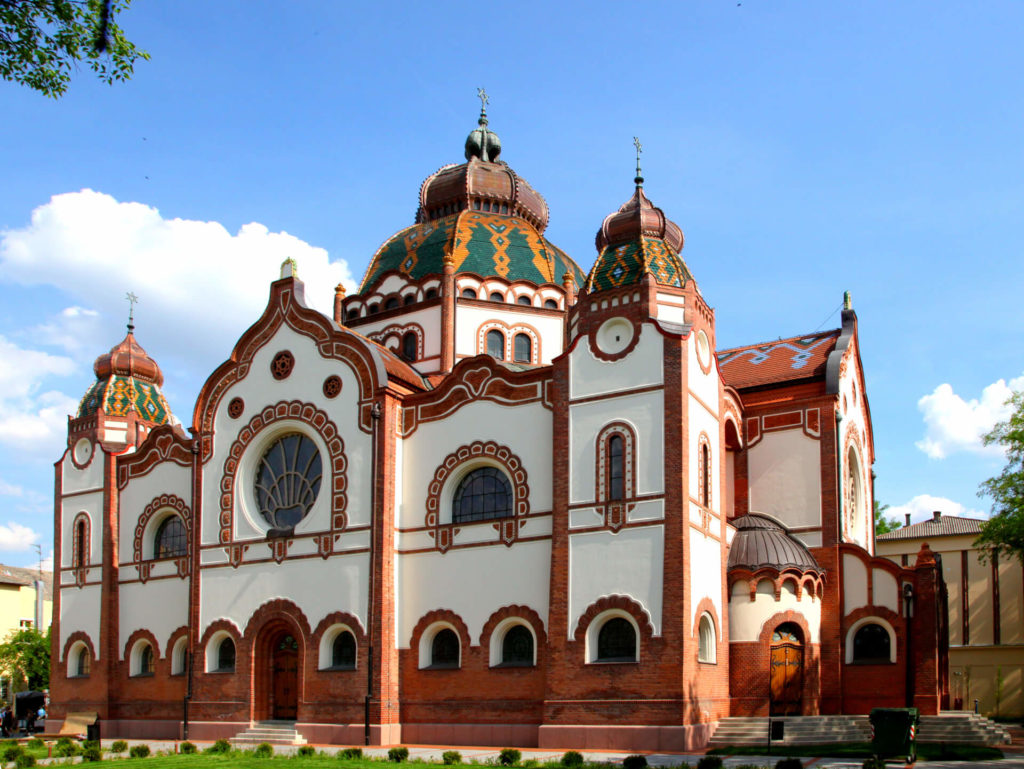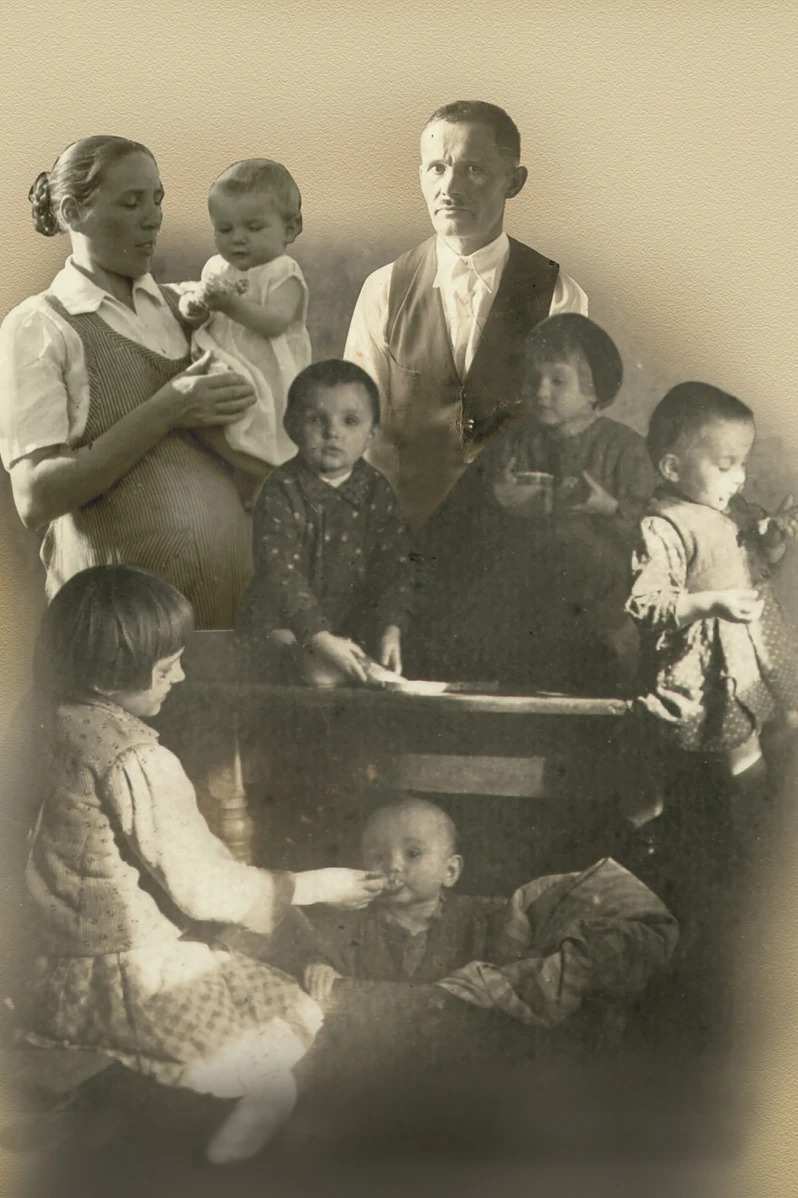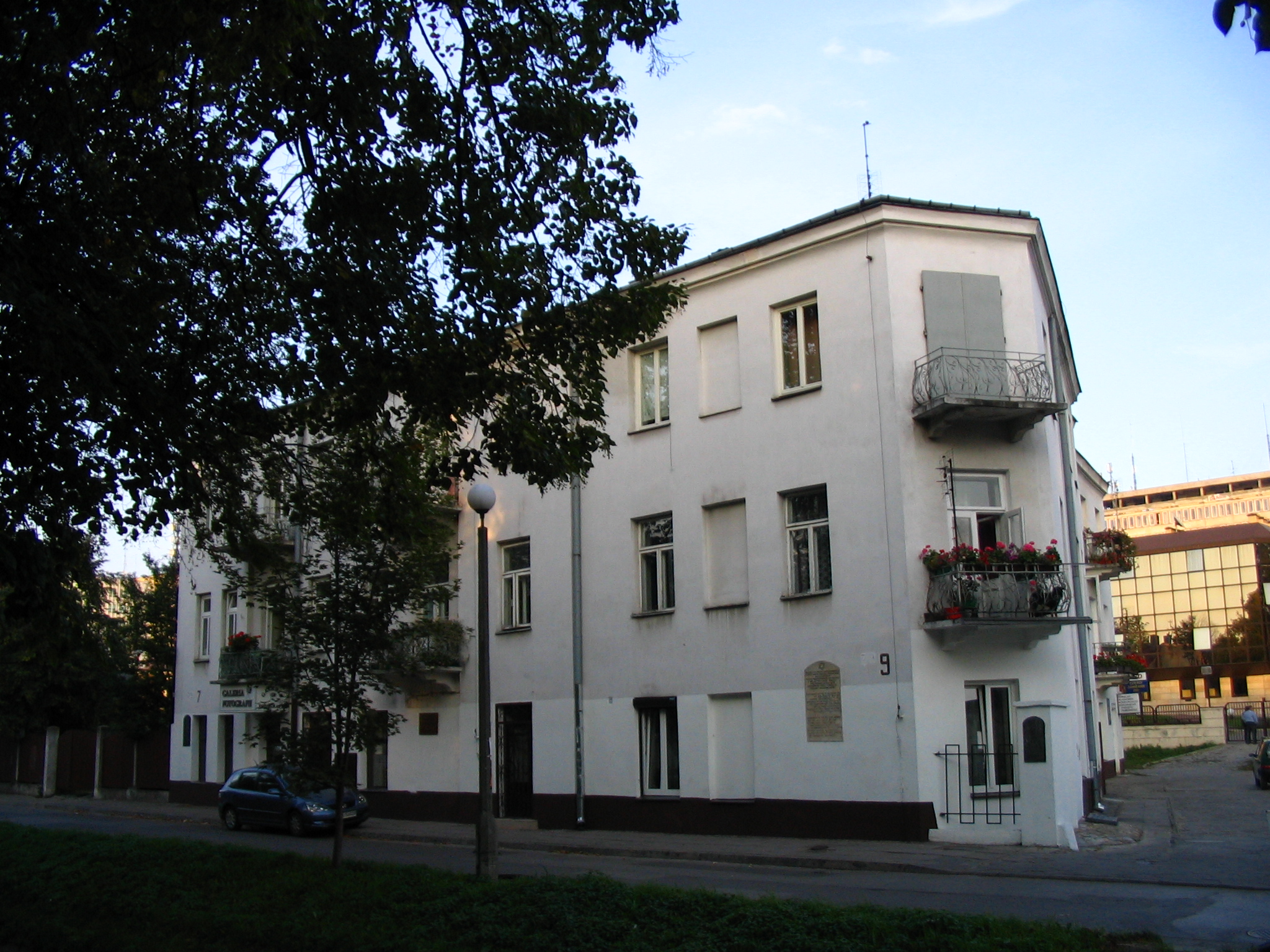Emancipation of Jews in the Austro-Hungarian Monarchy – Subotica Synagogue
Fact of the Hungarian figure „Edict of Torda – 1568”
Part of the „Religious tolerance and intolerance” topic
The Subotica Synagogue, located in present-day Serbia, stands as a significant symbol of the emancipation of Jews in the Austro-Hungarian Monarchy. Built in 1902, it reflects the period of remarkable social and political change that began in the mid-19th century, culminating in the legal recognition and social integration of Jewish communities across Central Europe. The emancipation of Jews in the Habsburg Empire, like other reforms such as the Patent of Toleration (1781) and the Edict of Torda (1568), marked a crucial step toward religious tolerance and equality in a region that had been marked by divisions between different faiths for centuries.
Jewish emancipation in the Austro-Hungarian Monarchy began in earnest with the reforms of Emperor Joseph II, particularly the Edict of Tolerance for Jews in 1782, which followed his more general Patent of Toleration. This edict allowed Jews to engage in trade and other professions, though they were still subjected to various restrictions. It wasn’t until the revolutionary movements of 1848 and the Austro-Hungarian Compromise of 1867 that Jews were granted full civil rights, leading to their increased participation in public life, education, and the economy. By the late 19th century, Jewish communities were flourishing in many cities of the empire, including Subotica, which was then part of the Kingdom of Hungary.
The Subotica Synagogue is a stunning example of Art Nouveau architecture, blending Hungarian and Jewish design traditions. Its construction was made possible by the new social status of Jews in Hungary and throughout the monarchy. It became a center for Jewish life in the region, representing not only religious freedom but also the broader cultural integration of Jews within Central European society.
However, the story of Jewish emancipation in the Austro-Hungarian Monarchy is complex. While legal recognition and social mobility improved, Jews still faced prejudice and discrimination. In the late 19th and early 20th centuries, rising nationalism and anti-Semitism began to challenge the gains made during the earlier periods of tolerance. The two world wars and the Holocaust had a devastating impact on Jewish communities in the region, including those in Subotica.





